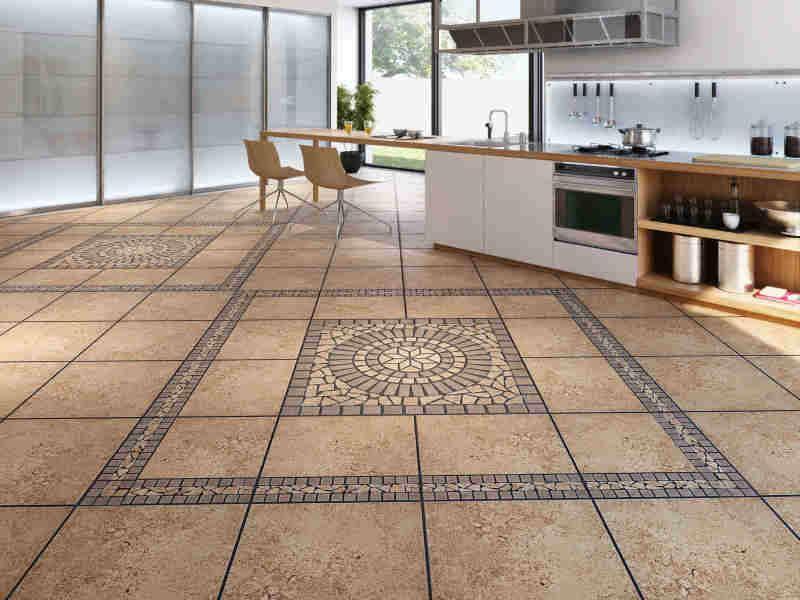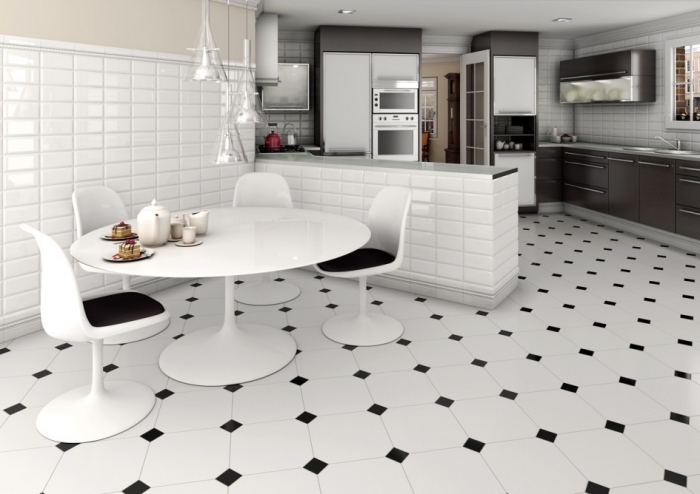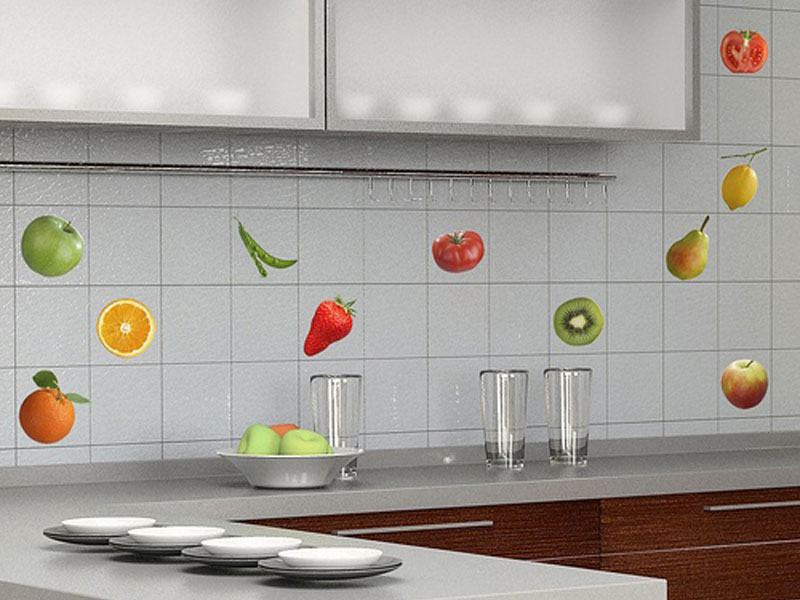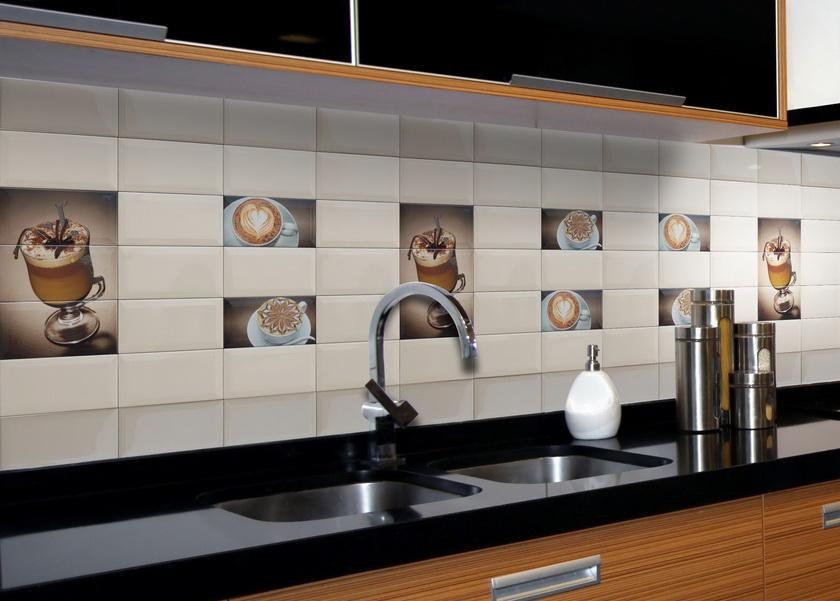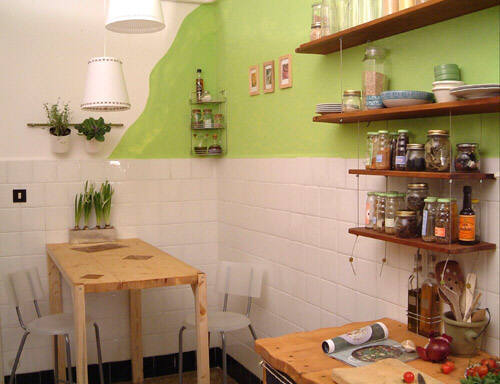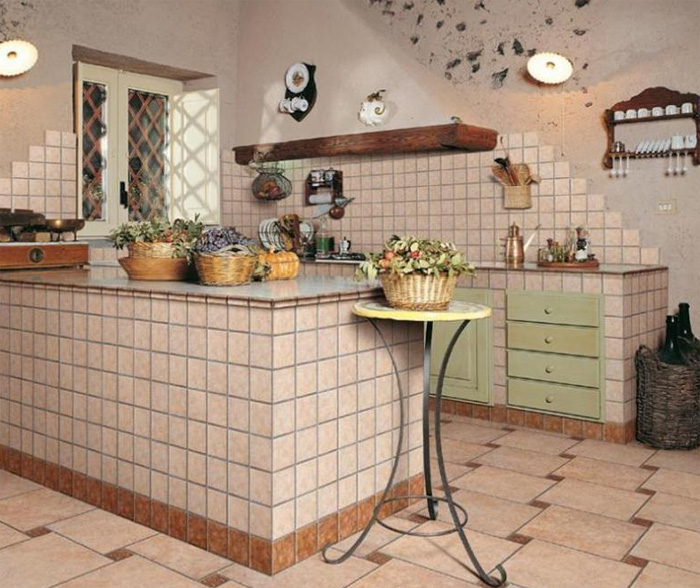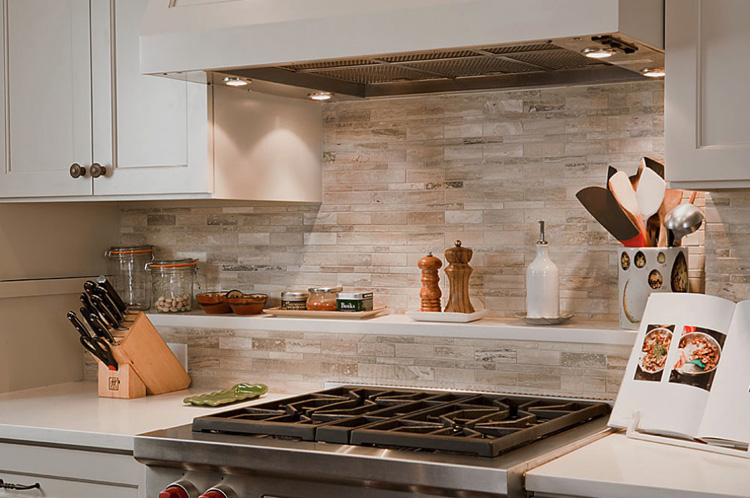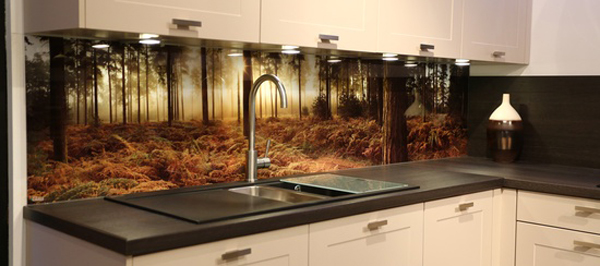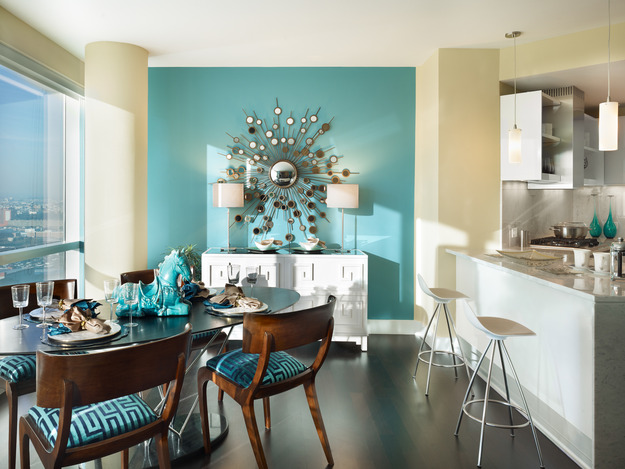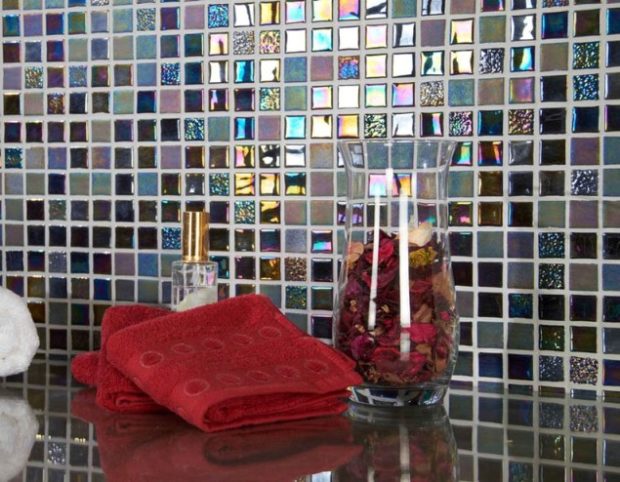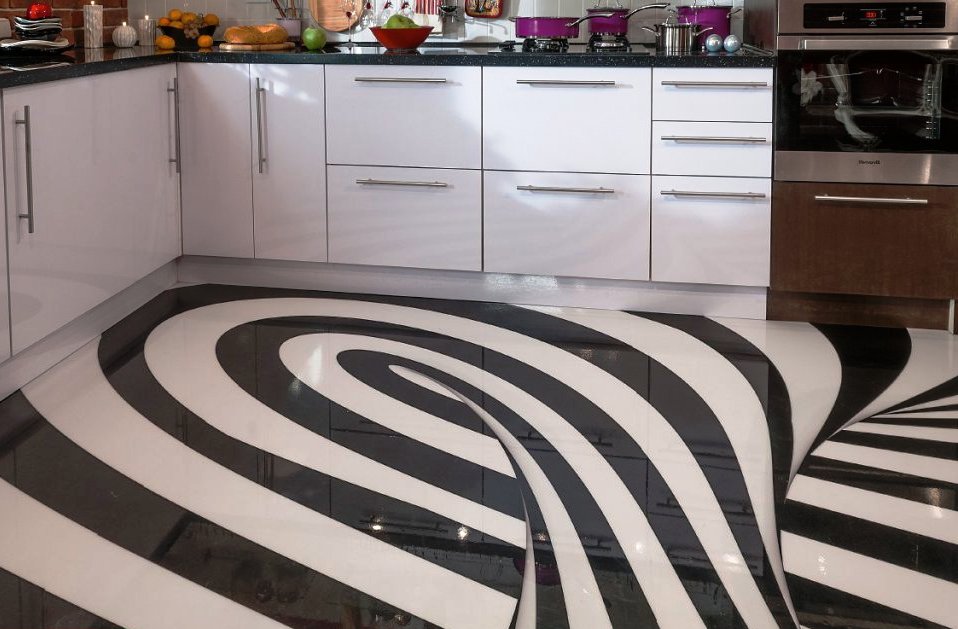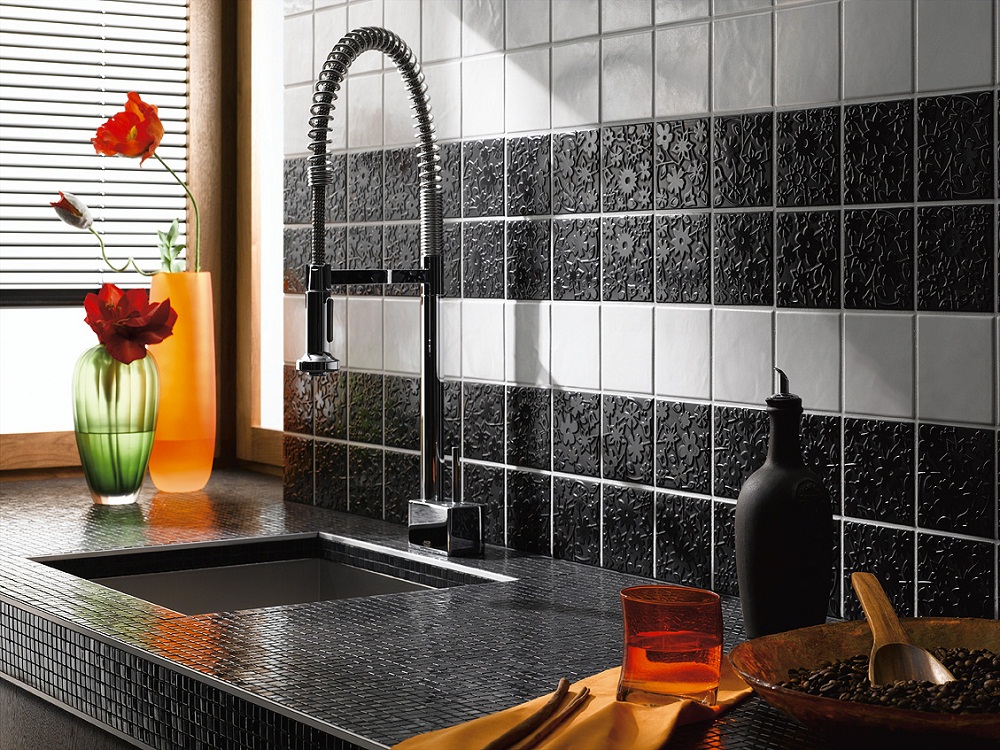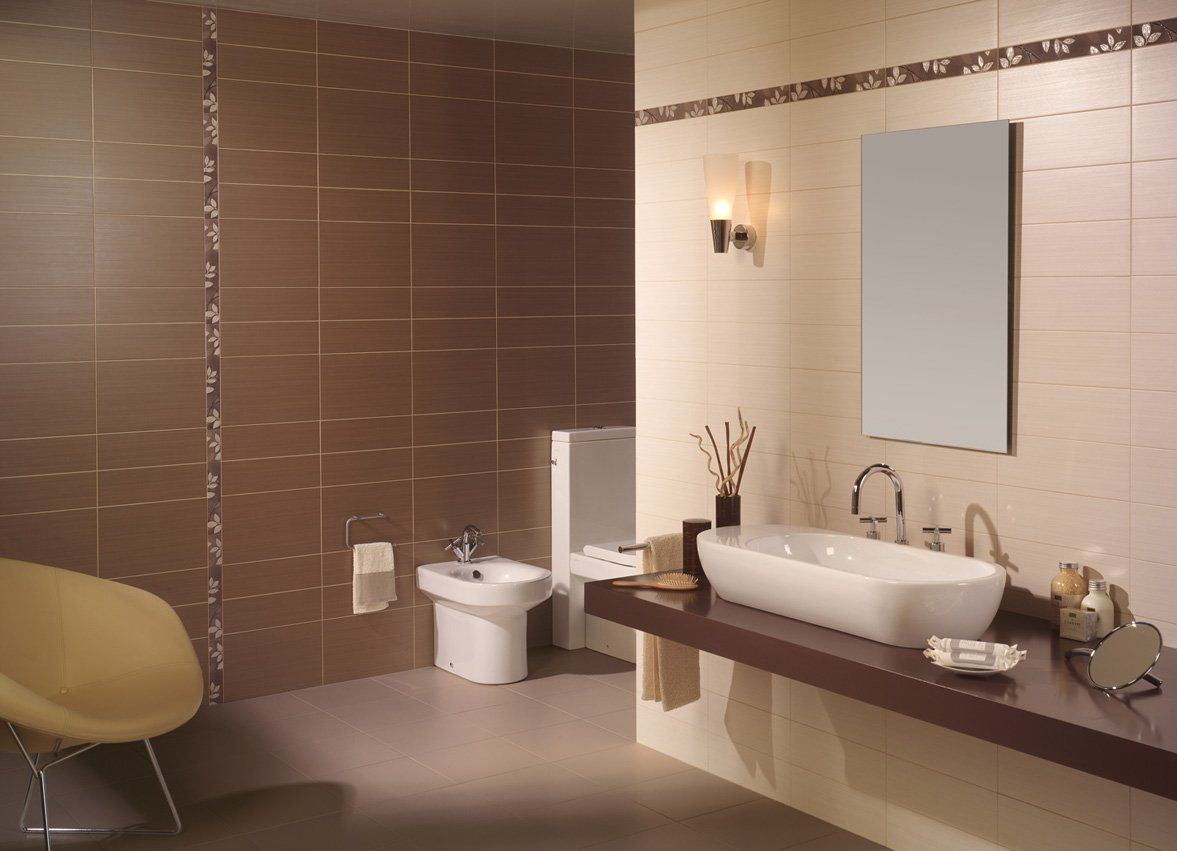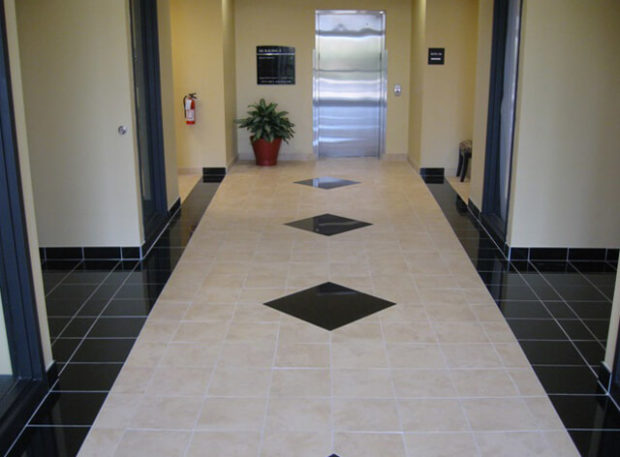15 tips for choosing ceramic tiles for the kitchen
By doing repair in the kitchen, each of us thinks what material to choose for decoration the wallsapron and gender. Naturally perfect decoration materials does not exist, but today it is very popular ceramic tilewhich, due to its operational properties, is ideal for a kitchen room. Moreover, there are a huge number of types of tiles, each of which is used in different areas: on the floor, on the walls, on the apron. That is why the decision about which tile to choose for the kitchen, you need to make, depending on the place of its use. Let's try to figure it out what general principles should be followed when choosing tiles in the kitchen, and what needs to be considered in each individual case.
General principles for choosing tiles
No. 1. Ceramic tile grade
Let's start with general tips that will be useful to everyone, regardless of what tile is purchased: on the floor, on the walls or for an apron. Today exists three grades of ceramic tiles. The first grade means that in the consignment there will be no more than 5% of elements that do not meet the standard. For tiles of the second grade, this figure rises to 20%, but the price decreases. Finding second-class tiles is not so easy, and its price is not so much lower.
Often manufacturers do not indicate the sort of tile on the package, implying that you have premium products, but unscrupulous companies can give tiles of any quality for the first grade, so inspecting the products will never be superfluous. Tile variety also speaks marking color on the package: the first grade is red, the second is blue, the third is green.
No. 2. Visual inspection
When examining the tiles, it is worth paying attention to both sides: both the front and the back. back side should be perfectly flat, without cracks, bulges, cavities, bubbles, because all these defects can not only complicate tile installationbut also make it impossible. But a relief pattern, on the contrary, must be present, because in this way maximum adhesion with adhesive or cement mortar is achieved.
Outer sideNaturally, it should be perfect, without chips, cracks, smudges. It is also important to remember that often tiles from the same series can differ in color intensity, so it is so important to take products from the same batch or unpack several boxes before buying and compare the color.
The choice of floor tiles for the kitchen
All other nuances must be taken into account, depending on which tile is needed. If we are talking about tiles on the floor, then its wear resistance and strength come first.
No. 3. Durability of floor tiles
It is probably unnecessary to explain that the floor tiles, and, especially, in the kitchen, where people are often located, should be as strong as possibleto withstand the pressure on her.In appearance, not everyone can determine strength, so you will need to pay attention to the marking. Today, almost everyone manufacturers enjoy the American classifications, according to which all ceramic tiles are divided into five classes:
- I class - This is a tile that is suitable only for walls and does not withstand heavy loads;
- II class - tiles that can be used already as a floor, but only in rooms where they are not so frequent or walk barefoot, in slippers (bedroom, bathroom);
- III class can be used in the kitchen and in any other premises, except hallways;
- IV class - tiles that can be used as flooring in almost any room, including in the hallway, on the landing;
- V class - the most wear-resistant and durable tile, can be used in public buildings with a very large load.
Following from all this, for the kitchen, as a floor covering, tiles of at least III strength class will become the best option.
Number 4. Detergent resistance
The flooring in the kitchen is often washed, and why, it’s probably not worth explaining. It is necessary to choose a tile that would endured the effects of all detergentsincluding with aggressive acidic or alkaline environment. Otherwise, after several months of use, the tile may lose its original appearance, and then completely become unusable. That is why when choosing floor ceramic tiles in the kitchen, pay attention to chemical resistance class: better if he will "AA", or, in extreme cases, “A”, which will be indicated on the package.
No. 5. Floor Tile Safety
As you know, a tile has the ability to become very slippery when it gets wet, and this carries a huge danger. Safety of floor tiles is precisely expressed in slip resistance. So, if the coefficient of friction is 0.19 or lower, then this is a very dangerous material, tiles with an index of 0.2-0.39 are also not very safe, 0.4-0.74 are already considered quite satisfactory indicators, and floor tiles with odds above 0.75 - The best and safest option.
In addition, for an even greater guarantee of safety, it is better to choose a tile with embossed surface, which does not slip when water gets on it. Glossy tiles on the floor in the kitchen are extremely and highly undesirable.
No. 6. Hardness of floor tiles
How hard the tile depends on scratch resistance and other mechanical damage. The degree of hardness is measured Mohs scale. Floor tiles must have at least seventh degree of hardness, and only in this case it will serve you faithfully for the longest amount of time.
Tile labeling also includes other parameters. For instance, about increased wear resistance the hatched foot icon will notify you, and the snowflake icon will inform you of its frost resistance and low water absorption, which will be useful in the kitchen. As for the thickness, it is optimal for kitchen tiles - 8-13 mm.
Number 7. Tile size and shape
In principle, the size and shape of the tile is a matter of taste for everyone, but still some tips should be considered. So more large floor tiles more simple to install, but at the same time, small tiles, according to many, look prettier. In addition, for a small kitchen, it is better to use not the largest tile, so as not to visually make the kitchen even smaller. For the smallest kitchens you can advise lay tiles diagonallydue to what you can achieve a visual increase in space.
As for forms, then on sale most often you can find exactly a square tile. But if you are planning to create an original interior, then you can pay attention to the side of a triangular, trapezoidal, and even round tile.
Number 8. Design
The color of the tile can be absolutely any: it is worth considering only your own preferences and selected interior style. Naturally, light shades able to visually make the room a little larger, and the dark ones hide the room. Large drawings they are also able to slightly reduce the area of the kitchen, so if it is already not large, it is better to opt for plain options or tiles with a simple geometric pattern. In the kitchen, as in any other room, there should not be too many colors, so if bright furniture is used, then the tiles should be plain and vice versa.
It is also worth noting that ceramic tile is a cold coating on which it is uncomfortable to walk barefoot. To make your kitchen as comfortable as possible, you can use the system «warm floor».
Choosing a tile for a kitchen apron
No. 9. Porosity and resistance to aggressive substances
When it comes to choosing tiles for a kitchen apron, it is important to pay attention to the structure of the material. He must possess minimum porosityso as not to absorb water droplets that are constantly present in the working area in the form of spray or steam. Great if the tile will be enameled. As for resistance to chemicals, in this case, it is worth paying attention, as in the case with floor tiles, to materials labeled “AA”.
No. 10. Strength and Heat Resistance
For tiles, which will be used in the area of the kitchen apron, high strength is not necessary at all - you can use material with strength class I. The first place in this regard goes thermal resistance of tilesespecially if you use gas cooking stove. High-quality enamel on the tile must withstand temperatures up to 1250FROM.
The thickness of the tile, which is used to finish the kitchen apron, is minimal - 3-4 mm, and it should have a palm icon on it, indicating that it is intended for use on the wall.
No. 11. Apron Tile Design
In this case, again, everything depends on personal preferences. The easiest option is to choose a tile of such a color that it went to the floor, lockers and countertops. In general, designers are advised to choose tiles for floors and walls from the same collection, so that it is easier to create a harmonious interior. Today it’s often distinguished in kitchens apron making it bright and colorful. It can be designated with a tile of some contrasting shade or even create some kind of pattern there. Next to ordinary tiles, you can use decorative ones with the image of something or with inlaid shells, glass mica, etc.
Choosing wall tiles for the kitchen
No. 12. Surface type
You need to start with the fact that finish all the walls ceramic tiles are not necessary at all - it will be enough that the floor and the working area are reliably protected from possible negative influences. In the dining area, you can use any other durable, easy-to-wash, moisture-resistant material to give the room more comfort. But if you still plan to lay the whole kitchen with tiles in your plans, then you need to give great importance to its design, since almost any tile will suit the operational properties.
First of all, pay attention to the type of surface. Tiles can be matte and glossy.
- Glossy easier to care for, able to reflect rays, making the room a little more visually. At the same time, excessive glare from light sources can be created that will not give the kitchen comfort and coziness.
- Matte tile creates a more relaxed interior, can imitate many different types of surfaces: from stone to wood, so it fits perfectly into the interior of the kitchen.
- Another option is mirror tile. You can use only a few mirror elements that will be successfully integrated into the panel of ordinary ceramic tiles. With this solution, you can significantly expand the room visually, but the main thing is not to overdo it, so as not to create an uncomfortable room.
No. 13. Tile size
The choice of tile size should be based on the area of the kitchen. So, for a large space, almost any option is suitable, but with miniature kitchens you need to be extremely careful. A tile too large would seem to divide the room into several large geometric shapes, too small, such as mosaicsalso will not give comfort. The ideal choice is a medium-sized tile, 20 * 20 or 20 * 30 cm.
Rectangular tile can be placed on the wall in different directions, while regulating the perception of space. You can use not only the traditional way of mounting tiles, but also try to lay it out in an interesting way.
No. 14. Color and style
The color and style of wall tiles should match the overall interior design. But the general rules are worth remembering. So, light shades visually expand the room, and bright and dark ones can make a large kitchen a little smaller and more comfortable. You can adjust the perception of the room by selecting a different picture: so, vertical stripes can make the kitchen visually taller, but you should not use a large drawing in small rooms - it narrows the space.
Number 15. Manufacturer
In the market of ceramic tiles (we are talking about all the considered types of tiles), a lot of manufacturers now appear: both conscientious and not very. To be sure of the quality of the repair and after a couple of years not to throw money away for the purchase of materials and work, it is better to purchase products more or less well-known manufacturers. They honor their name and will not risk their reputation, saving on the production process, which means that there is confidence that you will get a quality product.
The leaders today are:
- Italian companies Saloni, Valverde, Tilegres,
- spanish Novogres, Aparisi, Ceramica, Pamesa,
- as well as some Slovak and Lithuanian companies.
- As for Chinese-made tiles, not all of them are bad, there are also fairly high-quality products. It is produced by companies such as Omica, Cimic, Hitom.
- Domestic manufacturers also performed well in this market, and the leaders are Kerama - Marazzi, Shakhty Tile, Sokol Plant, Kerabud.
In conclusion
When planning to decorate the kitchen with ceramic tiles, it is important to be able to correctly combine the elements that are used for wall cladding, the working area and the floor between themselves and with interior items. Each type of tile has its own requirements, but in any case, great importance must be given to the appearance of the tile: it must be holistic, without chips and cracks, of a correct geometric shape. Do not forget to pay attention to the marking, because with its help the manufacturer reports on all the qualities of the tile. And finally, it is better to buy ceramic tiles in proven places and give preference to products from reputable manufacturers.




